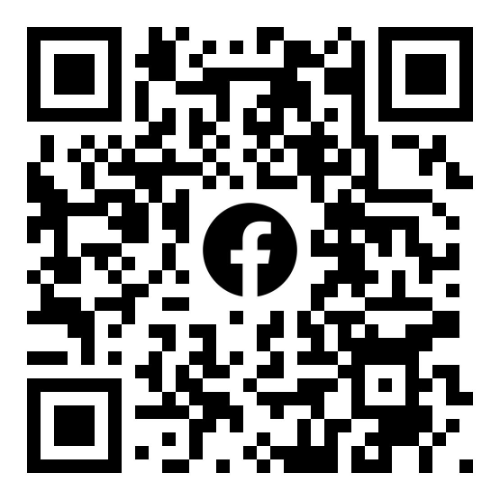Selecting a SIM Card for Your GPS Tracker Isn't Like Choosing One for a Phone
Picking a SIM card for your GPS tracker requires a completely different approach than buying one for your smartphone. GPS trackers need specialized IoT data plans or data-only plans that prioritize constant connectivity and low data usage over voice calls and texting. Understanding this fundamental difference saves you money and headaches.
Why Not Use a Phone SIM Card for a GPS Tracker?
Phone SIM cards aren't built for how GPS trackers operate. Your phone streams videos and loads apps, while a GPS tracker only sends tiny location packets. Phone plans charge about $35–$100+ monthly for "unlimited" data you'll never use. GPS tracker data plans cost around $27 for 360 MB (valid 360 days), for the ~10–60 MB/month these devices actually need.
Voice And Text Overhead
Every phone plan bundles voice minutes and text messages—services your GPS tracker physically cannot use. You're funding infrastructure that your device will never touch.
Network Priority And Roaming Needs
Phone networks prioritize human users during congestion. IoT data plans negotiate different network access that keeps your tracker connected even during peak hours. GPS trackers often need seamless roaming across multiple carriers—something most phone plans charge extra for or block entirely.
Phone Plan Cost Overrun
A standard phone SIM card in a GPS tracker can cost several times more than necessary. Phone carriers also love to shut down SIM cards showing "unusual" usage patterns—which is exactly what a GPS tracker does all day.
What Is an IoT Data Plan for GPS Trackers?
IoT data plans are purpose-built for connected devices, not people. They're stripped down, efficient, and designed for machines that need 24/7 connectivity without human babysitting.
IoT SIM Vs. Phone Plans
IoT data plans eliminate everything devices don't need: voicemail, customer service for billing disputes, and promotional texts. What you get: rock-solid data connectivity, multi-carrier network access, and pricing that makes sense for low-bandwidth devices. These plans often include management platforms where you can monitor usage or switch networks remotely.
Data-Only Plan Benefits
Data-only plans are pure data, no fluff. Monthly costs typically run on pay-as-you-go (e.g., ~$1–$2 MRC + per-MB) or bundles like ~$9/100 MB and ~$17–$18/1 GB ,depending on data allowance and coverage area. Many providers offer pooled data plans—if you've got ten trackers, they all draw from one shared bucket.
M2M Communication Basics
Machine-to-Machine (M2M) communication is the backbone of IoT data plans. Your GPS tracker needs to send coordinates to a server and receive configuration updates. M2M plans are optimized for these short, frequent data bursts rather than sustained connections.
Common Tracking Data Usage
Vehicle GPS trackers typically update every 1–5 minutes when moving, using ~100–500 MB/month (at ~5-minute intervals). Kids' smartwatches for location tracking need real-time positioning, two-way voice calling, and parent monitoring app connectivity, often ~100–500 MB/month without video; higher if using frequent calls or video. Pet trackers prioritize battery life with infrequent updates, often in the low-hundreds of MB per month
How Do You Choose a GPS Tracker SIM Plan?
Choosing the right plan means matching your tracker's actual behavior to what carriers offer.
- Monthly Data Requirements: Start by calculating realistic usage. A vehicle tracker pinging every 5 minutes uses about 10–30 MB monthly. Asset trackers checking in twice daily? Often well under a few tens of MB monthly. Kids' location watches are data hogs—plan for ~20–100+ MB depending on features (video raises usage a lot). Most IoT data plans come in tiers: examples include 100 MB (~$9) and 1 GB (~$17–$18), or pay-as-you-go from about $0.03/MB plus $1–$2 MRC.
- Network Bands and Coverage: Not all GPS trackers work on all networks. Check your device specs—does it support GSM, CDMA, LTE, or all three? Then, verify your data plan provider covers where you need tracking. International tracking requires global roaming agreements.
- Domestic Vs. International Roaming: Domestic vs international makes a huge price difference. Domestic-only bundles are generally cheaper; global roaming options typically cost more due to multi-network access.
- Fees and Total Monthly Cost: Watch out for sneaky fees. Some IoT data plans advertise $5 monthly, but activation fees may apply (varies by provider). Calculate your true first-year cost: (Monthly rate × 12) + Activation fees. For kids' smartwatches, factor in whether you need voice calling capability, which typically costs about $10–$15 extra monthly.
FAQS about GPS Tracker
Q1: Can I Just Use a Regular Phone SIM Card in My GPS Tracker?
Technically yes—but it’s a bad move. You’ll pay $35–$100+ for talk/text your tracker won’t use. Carriers also flag nonstop data pings as “abnormal,” then throttle or suspend without warning. Don’t waste money or risk outages—use an IoT data plan made for devices, not phone users.
Q2: What's Actually Different About IoT Data Plans Compared to Regular Data-Only Plans?
Get 4G LTE with real-time GPS and voice support for two-way calls. Expect ~20–100+ MB/month without video; video calling uses more. Some watches are carrier-locked, so confirm compatibility first. Look for data+voice IoT plans around $10–$15/month instead of full phone plans.
Q3: What Kind of GPS Tracker SIM Card Does a Kids' Location Watch Actually Need?
Get 4G LTE with real-time GPS and voice support for two-way calls. Expect ~20–100+ MB/month without video; video calling uses more. Some watches are carrier-locked, so confirm compatibility first. Look for data+voice IoT plans around $10–$15/month instead of full phone plans.
Get Your GPS Tracker Connected Right
Skip phone SIMs that don’t fit tracker needs. Pick an IoT plan for better reliability and lower cost. Start with reputable providers and switch to SIMs designed for how GPS trackers actually work.


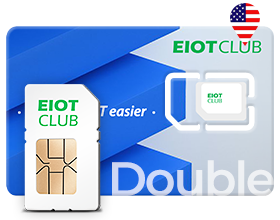


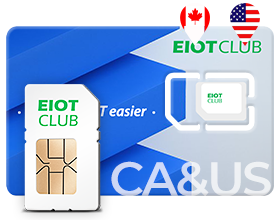

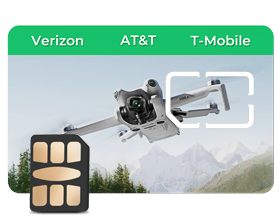
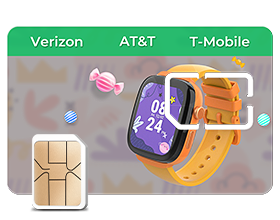
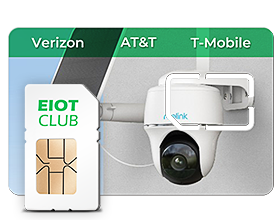
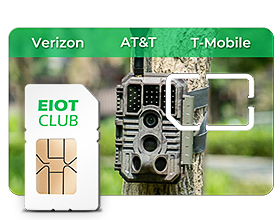
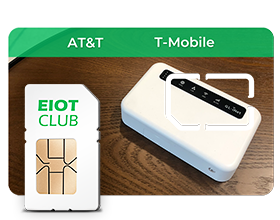
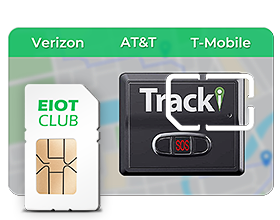
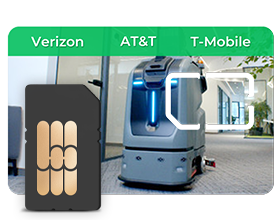











 Black Friday
Black Friday





